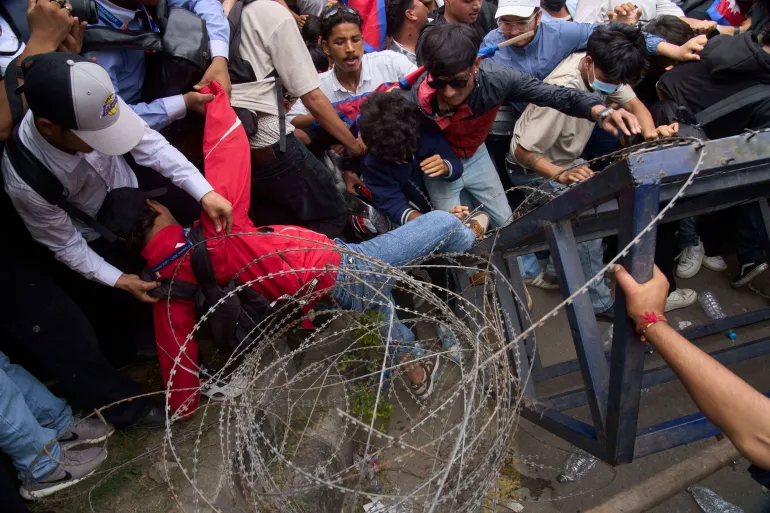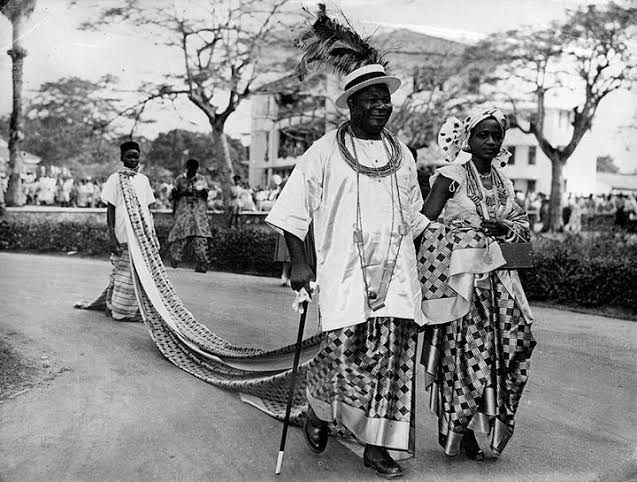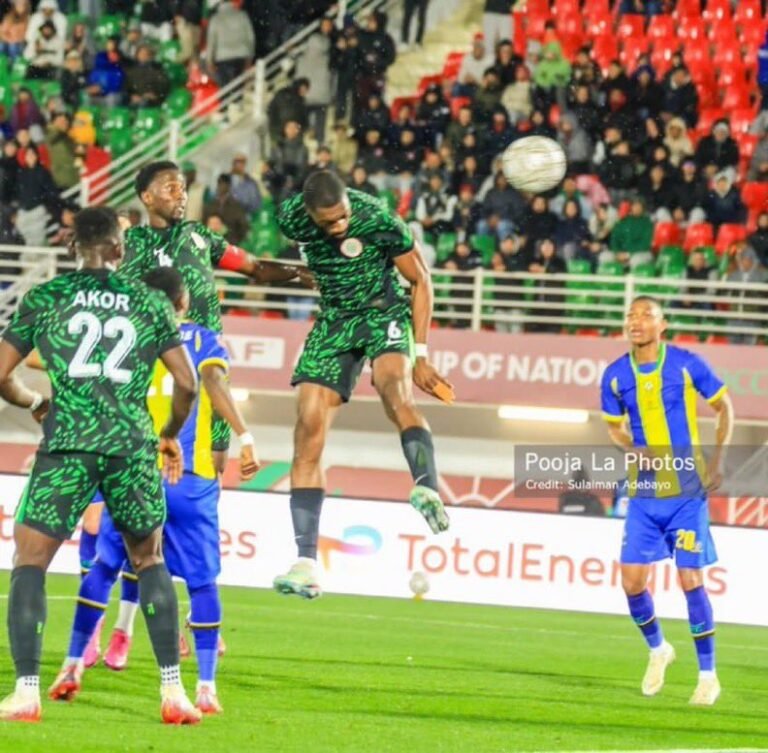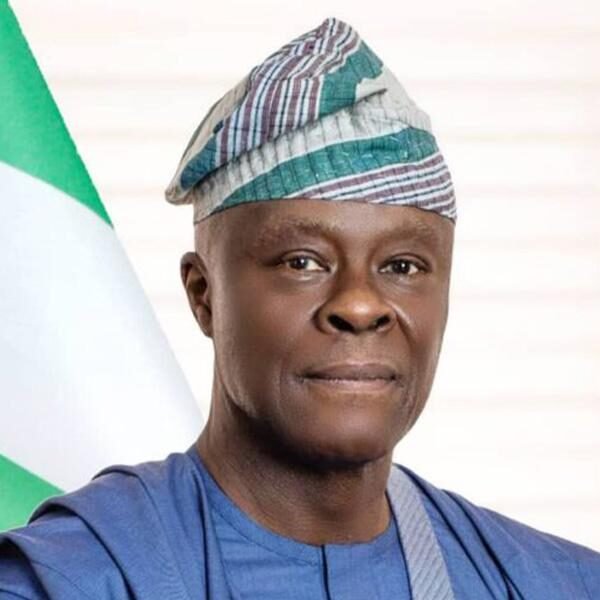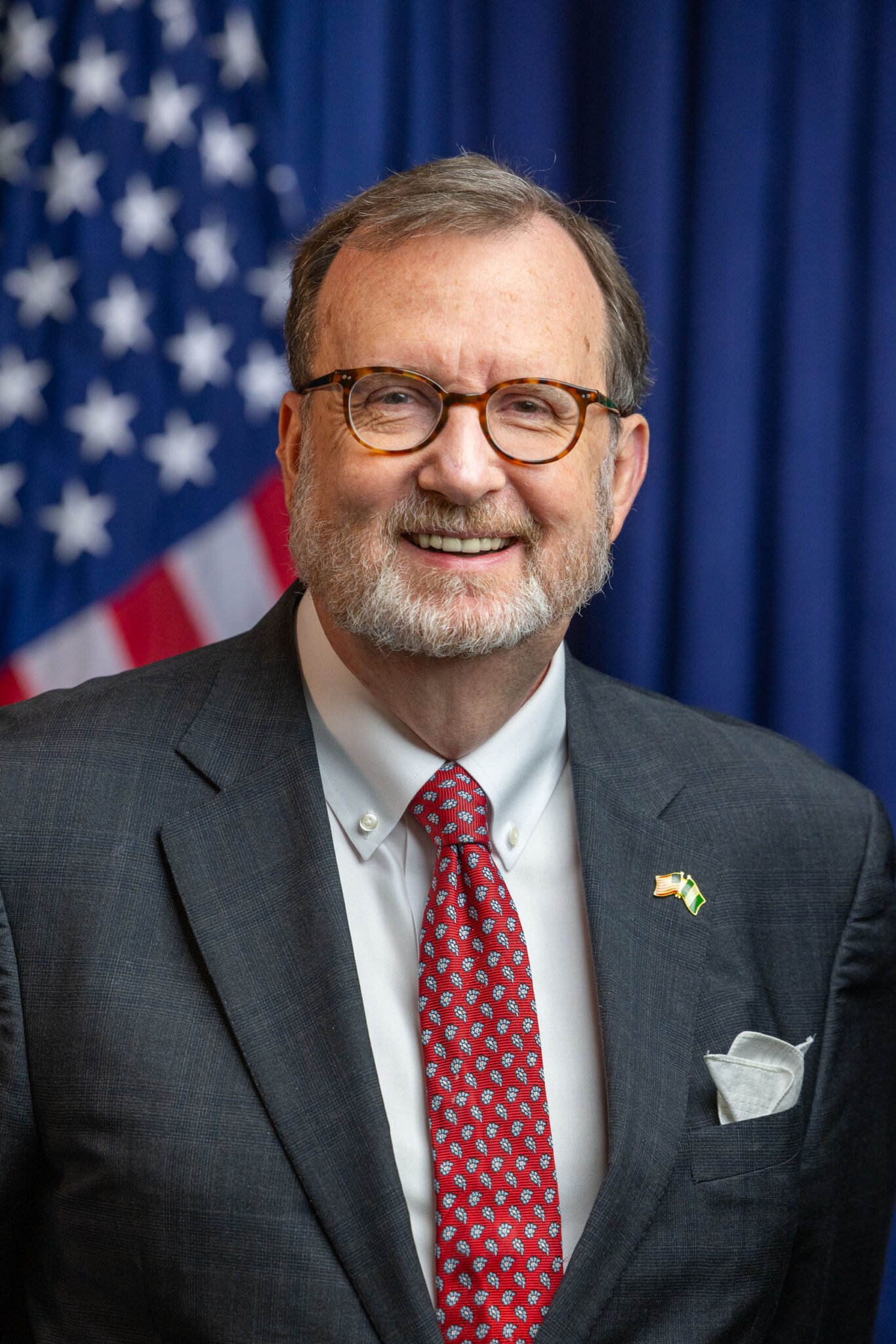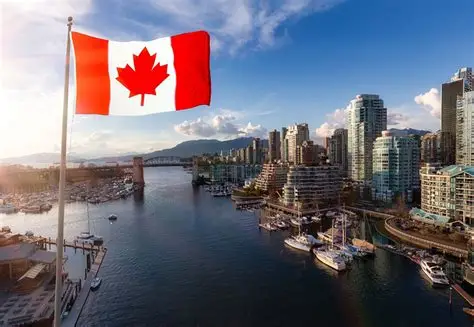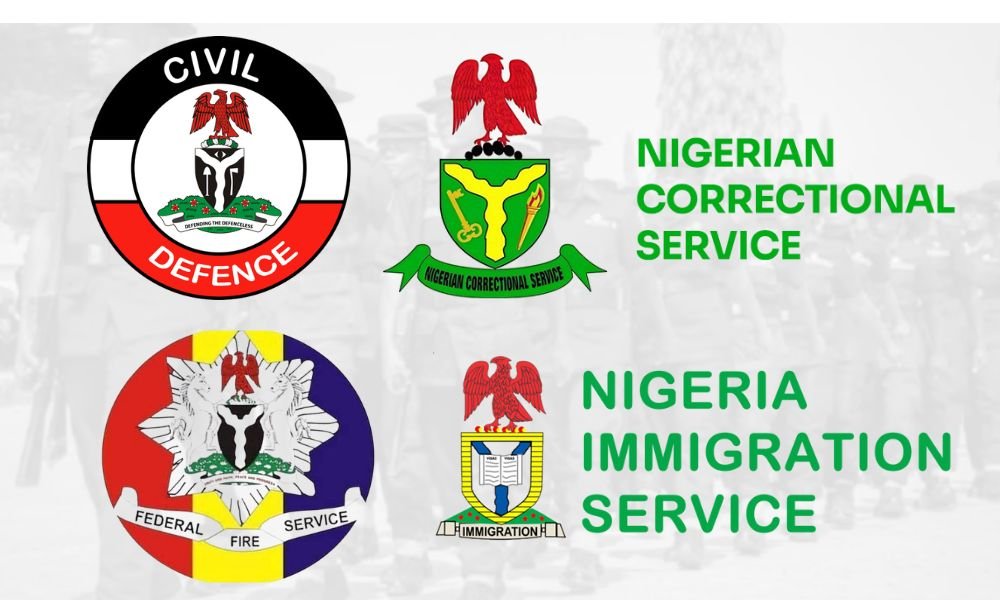At least 14 people died in violent clashes with security forces as thousands of young Nepalis flooded the streets of Kathmandu on Monday morning.’
The deadly demonstrations erupted following the government’s controversial decision to block 26 major social media platforms across Nepal.
WhatsApp, Facebook, Instagram, LinkedIn, and YouTube were among the banned platforms after failing to comply with new registration requirements imposed by the Ministry of Communications and Information Technology.
The Nepal youth protest began at 9 am local time in the Maitighar neighborhood, centered around the iconic Maitighar Mandala monument at one of the city’s busiest intersections.
Social media companies had until September 3 to register with Nepal’s government by naming local contacts, grievance handlers, and self-regulation officers.
The Nepal Telecommunications Authority (NTA) implemented the shutdown directive one day after the deadline passed, though some platforms, including TikTok, Viber, and WeChat, successfully registered and remained operational.
Cybercrime Concerns Drive Policy Decision
Government officials justified the social media ban by citing concerns about fake accounts and malicious cybercrime activities disrupting social harmony.
With approximately 90 percent of Nepal’s 30 million citizens using the internet according to 2021 NTA data, the digital restrictions have created widespread communication disruptions.
Overseas Workers Face Communication Crisis
The ban particularly impacts Nepal’s large diaspora population, with 7.5 percent of citizens living abroad as of 2021.
Migrant workers traditionally rely on Meta’s Messenger and other banned platforms to maintain contact with families back home, forcing many to switch to alternative services like Viber for international communication.
Prime Minister Dismisses Youth Movement
Ahead of the protests, Prime Minister KP Sharma Oli controversially dismissed the young organizers’ capabilities for independent thought. “People themselves are not free, their thoughts themselves are not free, they can’t independently think, and they want to talk about independence,” stated Oli, leader of the Communist Party of Nepal (Unified Marxist–Leninist).
Local media reports confirmed dozens of protesters sustained injuries during the violent confrontations and are receiving medical treatment at various hospitals throughout Kathmandu.
The restrictions of social media have generated significant frustration among Nepal’s digitally connected youth population, particularly given the country’s reliance on digital platforms for international communication and economic activities.


